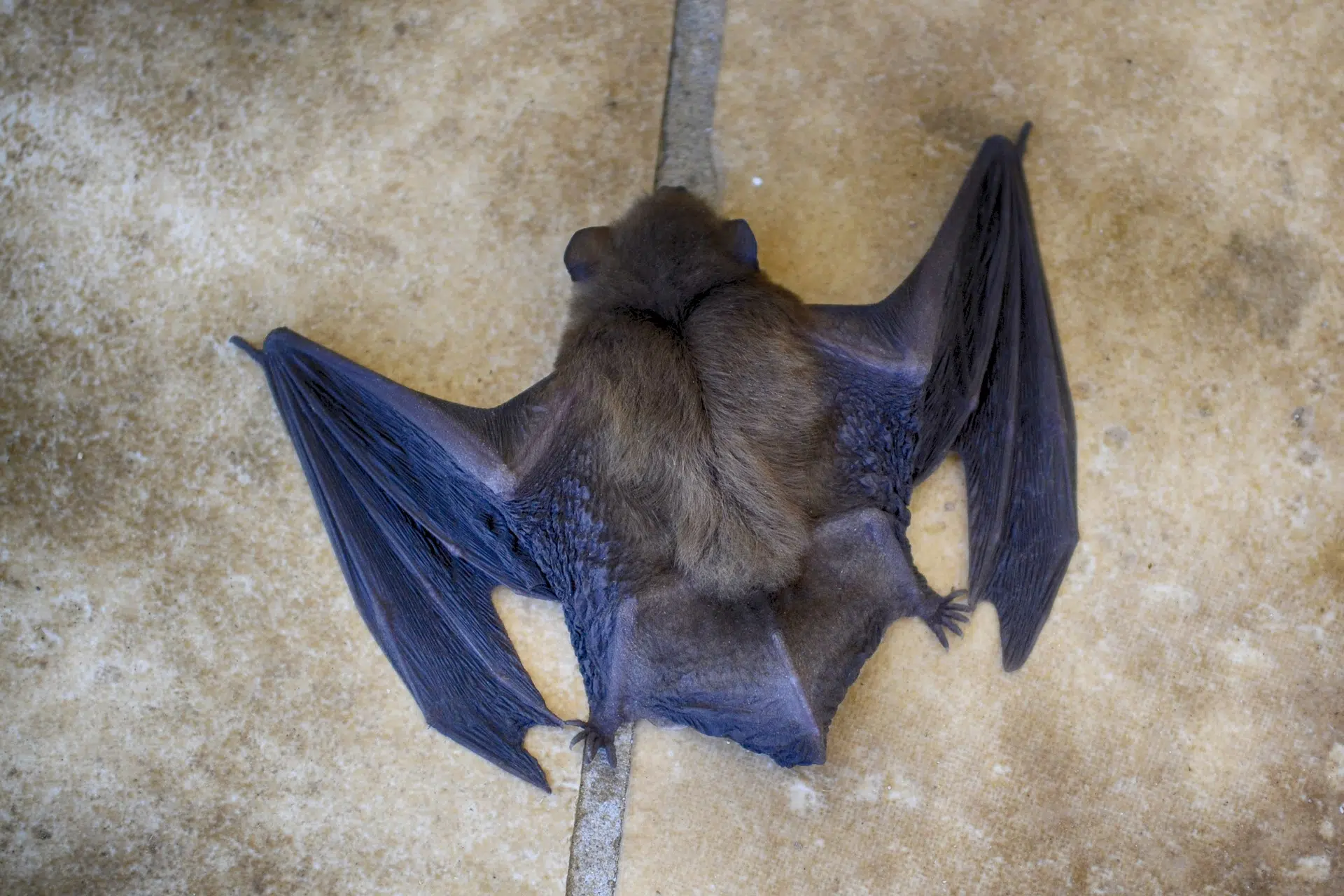
DanaTentis/ Pixabay
Bats have been confirmed to have been linked to infectious deceases before. It has been linked to Ebola, Nipah, and while not confirmed, has been linked to COVID-19. That’s why a team of Western University researchers are trying to find coronaviruses endemics in bats to create a “vaccine bank” that could help us in the next pandemic.
A study called “Global rise in human infectious disease outbreaks” back in 2014 suggests that the total number of global outbreaks has increased since 1980. Since then, we have had the SARS epidemic back in 2003, the H1N1 virus in 2009, the MERS outbreak in 2012, the Ebola outbreak in 2014, and now COVID-19. Ryan Troyer, PhD, virologist at Schulich Medicine & Dentistry says that they want to be ready for the next coronavirus pandemic and explains the link in bats.
“We find that these coronaviruses in each of those cases, there are related coronaviruses in bats,” Troyer said. “Even though the transmission to humans can is potentially complicated, bats appear to be a unique and important reservoir species for a high diversity of different coronaviruses, including ones very similar to those that have emerged in humans.”
Toyer also says the reason why the transmission to humans is complicated is that these viruses always evolving and mutating, sometimes more rapidly than other species.
“What often happens with these cases is that you have a reservoir, which means an animal species that sort of maintained the virus,” Troyer stated. “In the case of SARS one, we think it’s likely that the virus first went into civet cats in China and likely adapted to those animals and then ended up becoming a virus that is more transmissible to humans potentially.”
Rather than travel all across the world to get bats to sample, that’s when Western bat biologist Brock Fenton remembered that the Royal Ontario Museum (ROM) has a collection of frozen bats. The team has collected several hundreds of bat samples from the ROM, with as well bat faeces provided by bat biologists. Fenton, who is also a ROM research associate is involved in collected bat coronaviruses from sources like bat faeces. He reflects on how the ROM has a great collection.
“Its people have been in the field in different parts of the world collecting frozen tissue, collecting bats, freezing the tissue with liquid nitrogen,” Fenton stated. “There are about 350 frozen specimens from China, and this includes species that have been suggested to be somehow associated with COVID.”
Troyer believes the reason why more outbreaks are happening compared to the past because of human activities wrecking the ecosystems.
“The fact that we are encroaching on bat habitat, and destroying it in many cases, really altering their ecosystems,” Troyer said. “That’s resulting in a lot more contact between bats and other species that they may not have came in contact with in the past. It’s really increasing the opportunities for these types of interactions to occur.”
While the project is still in its early stages, Troyer says that the Western coronavirus team has made a SARS-CoV-2 vaccine, the virus that causes COVID-19. The bat’s project and the vaccine were both funded by a grant from the Canadian Institutes of Health Research. Although the vaccine hasn’t been tested in humans yet, it has been tested in mice. Toyer shares what is a little different in this vaccine than any other.
“It really elicits a very strong neutralising antibody response against the virus. When we take antibodies from mice that have been vaccinated, we see a really strong response and has been able to neutralise the virus in culture, likely higher than many of the other vaccines that are out there.” Troyer stated. “We also see that vaccinated mice that have been challenged with SARS-CoV-2, They’re actually protected from infection. It’s been shown to be protective and to elicit a very strong antibody response and a T cell response as well.”
Even though we have to worry about this current pandemic, we need to be proactive for the next one. This project hopes to create a vaccine bank so that it can be almost ready to go and be adjusted only to a specific virus. This would help shorten the time to create a vaccine. Fenton compares a greek myth and how we should be more active in creating vaccines.
“In a Greek myth, a man by the name of Sisyphus was condemned to be pushing a huge boulder up the hill. But every time he rested, the boulder rolled back down. So he had to do it all the time,” Fenton stated. “The problem is called a Sisyphean problem. It’s one that’s there, you have to attend to it all the time. It’s not something you just when somebody’s sick, you treat them, you have to how you can keep them from getting sick.”





Comments